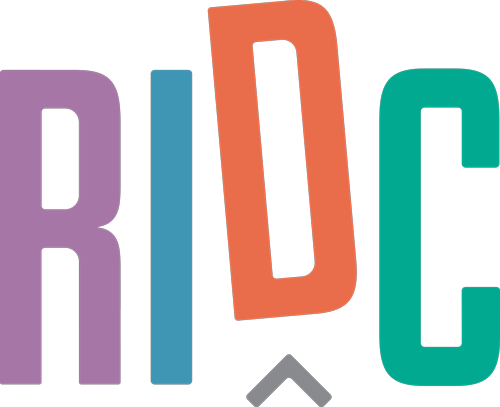Key Takeaways from the Freedom to Run: Back Outside Kickoff Panel
In February 2025, the Running Industry Diversity Coalition launched our Freedom to Run: Back Outside program with an inspiring and honest panel discussion. A group of seasoned BIPOC trail runners shared personal stories and experiences that illuminated the challenges, barriers, and opportunities for making the trail running community more inclusive.
Here are some of the key takeaways from that powerful conversation:
Challenges in Trail Running
Trail running offers freedom, beauty, and connection—but getting started isn’t always easy, especially for BIPOC runners. Our panelists spoke candidly about some of the barriers:
Fear of getting lost: Many new runners struggle to choose appropriate trails and worry about poor signage or missing maps.
Concerns around identity: The fear of being the only person of color at a run and being dropped by a faster group keeps many from showing up.
Safety issues: From snakes and bears to general “what’s out there” anxiety, fear of the unknown is a real hurdle.
Gear and access issues: Limited trail shoe sizes in local stores and a lack of clear guidance on packs, headlamps, and layering can make the sport feel inaccessible.
Common Misconceptions
Our panel also addressed some of the myths that make trail running seem more intimidating than it needs to be:
“You have to run the whole time.” Actually, hiking, walking, and climbing are all part of the trail experience.
“All trail races are ultra marathons.” Not true—there are plenty of shorter races, including 5Ks and Half Marathons.
“You’ll get injured immediately.” Injury risks go down with proper footwear, training, and pacing.
"Trail running is mostly for white people." People of all racial and ethnic backgrounds run trails -- but they often lack visibility. Several organizations, including the RIDC, are working to improve access and representation.
What Inclusion Can Look Like
The panelists also painted a picture of what true inclusion in trail running could and should look like:
Volunteers and runners offering a warm hello to everyone on the trail.
Race directors sending out detailed information—maps, aid station menus, parking instructions, and land acknowledgments—well in advance.
Group runs that offer no-drop policies and pace buddies to make sure no one is left behind.
BIPOC runners in visible roles—as ambassadors, volunteers, and leaders.
Quick Wins for Race Organizations & Run Clubs
To close the conversation, panelists offered practical steps that clubs and event organizers can implement immediately:
Share beginner trail packs with gear lists, shoe recommendations, and safety tips.
Assign sweep guides—at least one volunteer for every 10 runners—to support slower runners.
Open registration with a land-respect statement and give participants the option to donate to local land stewards.
Spotlight BIPOC runners in event photos, social media, and volunteer roles to reflect the growing diversity of the trail community.
As we continue our Freedom to Run programming, we’re committed to creating safe, informed, and joyful trail experiences for everyone. This panel was just the beginning. Let’s keep the conversation and the movement going.

